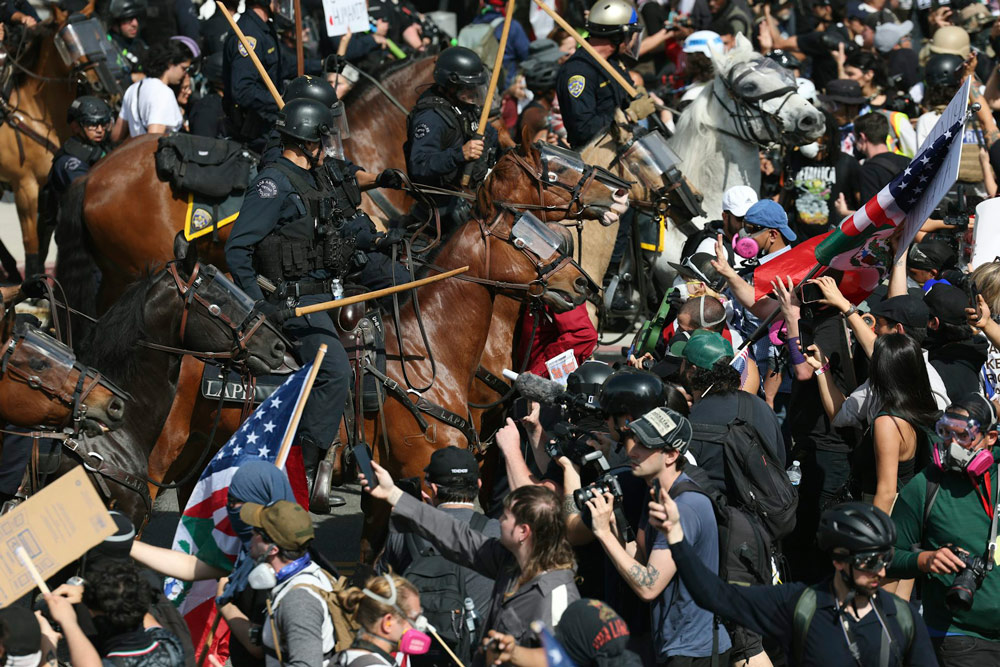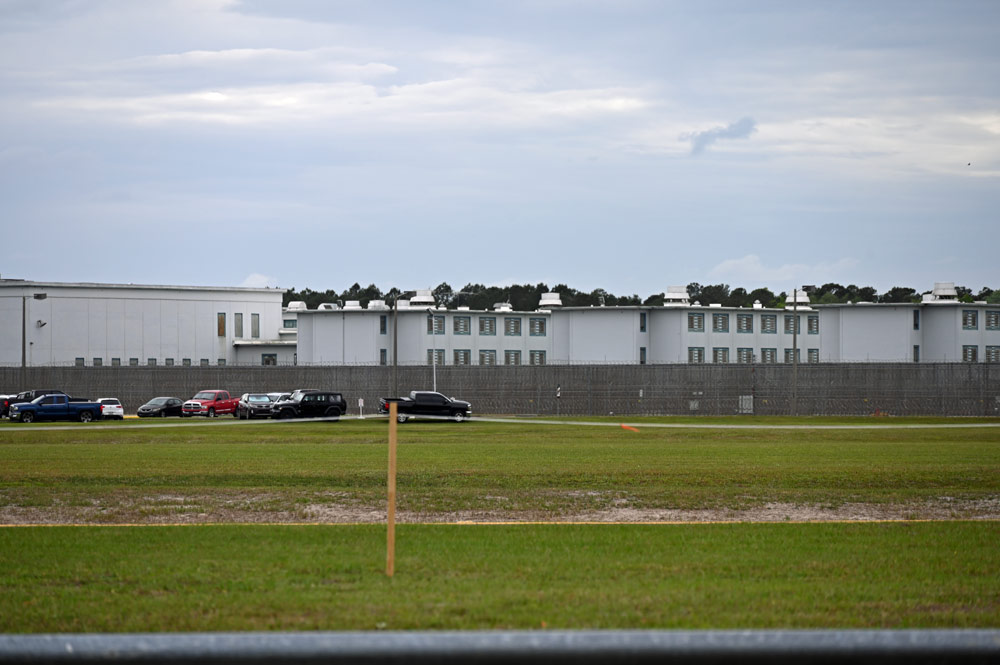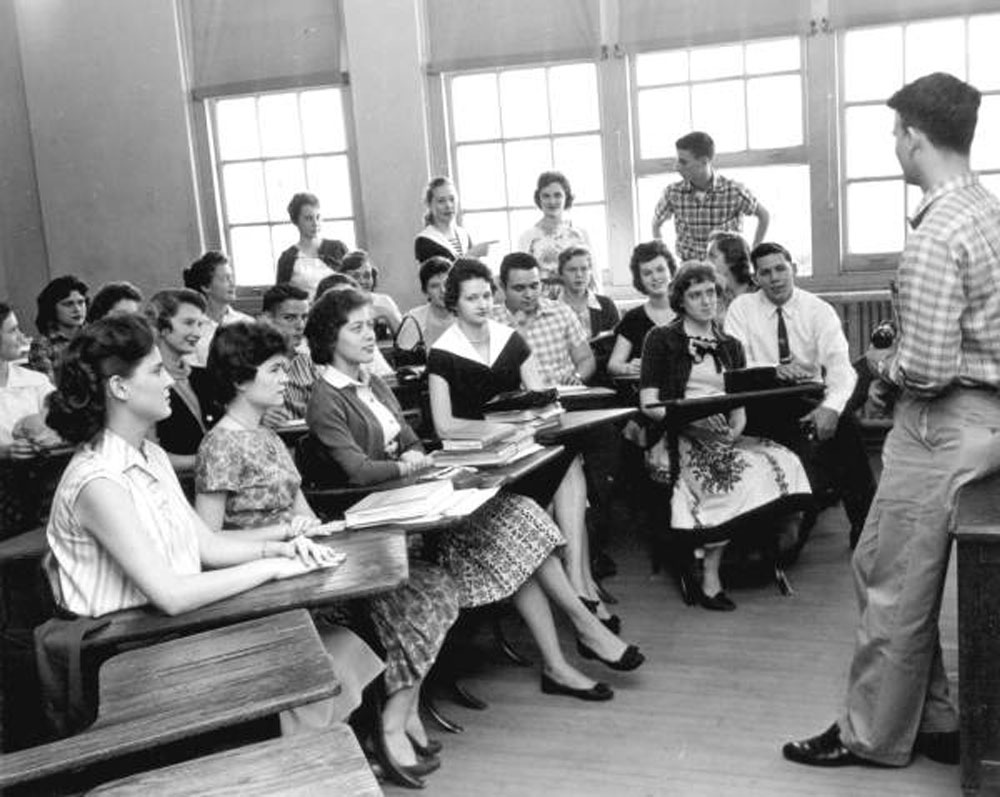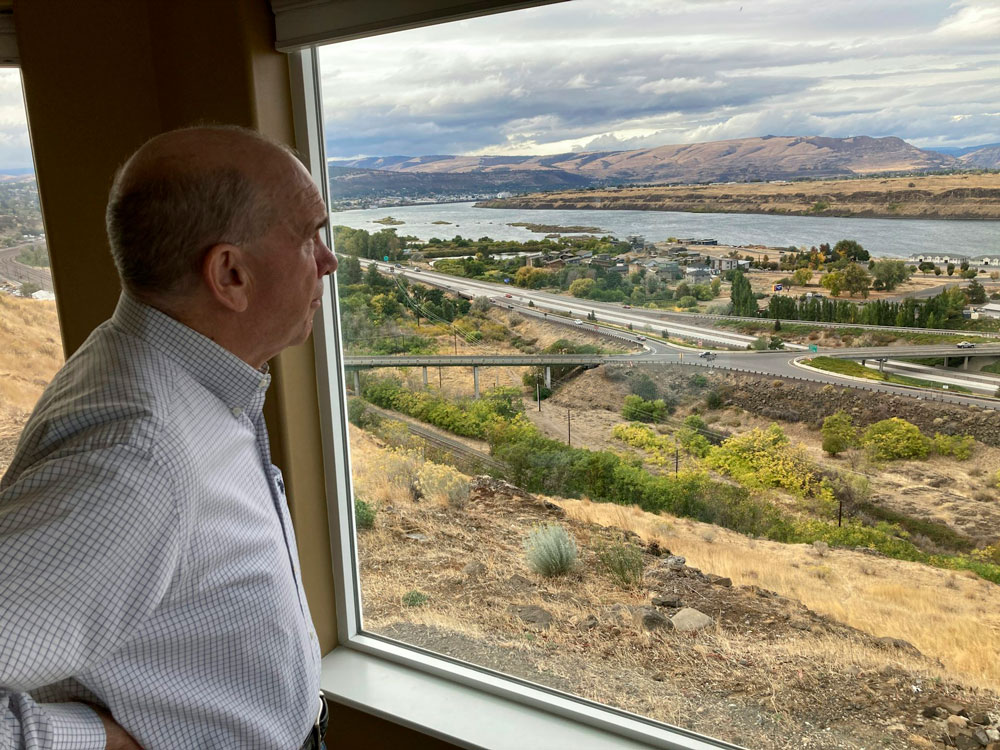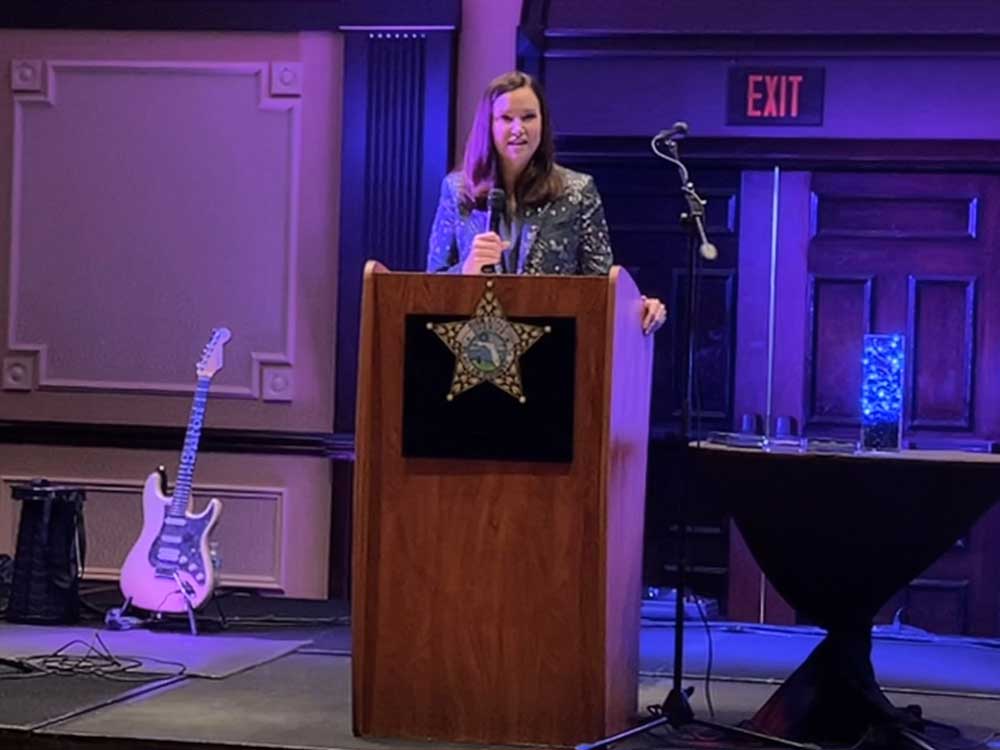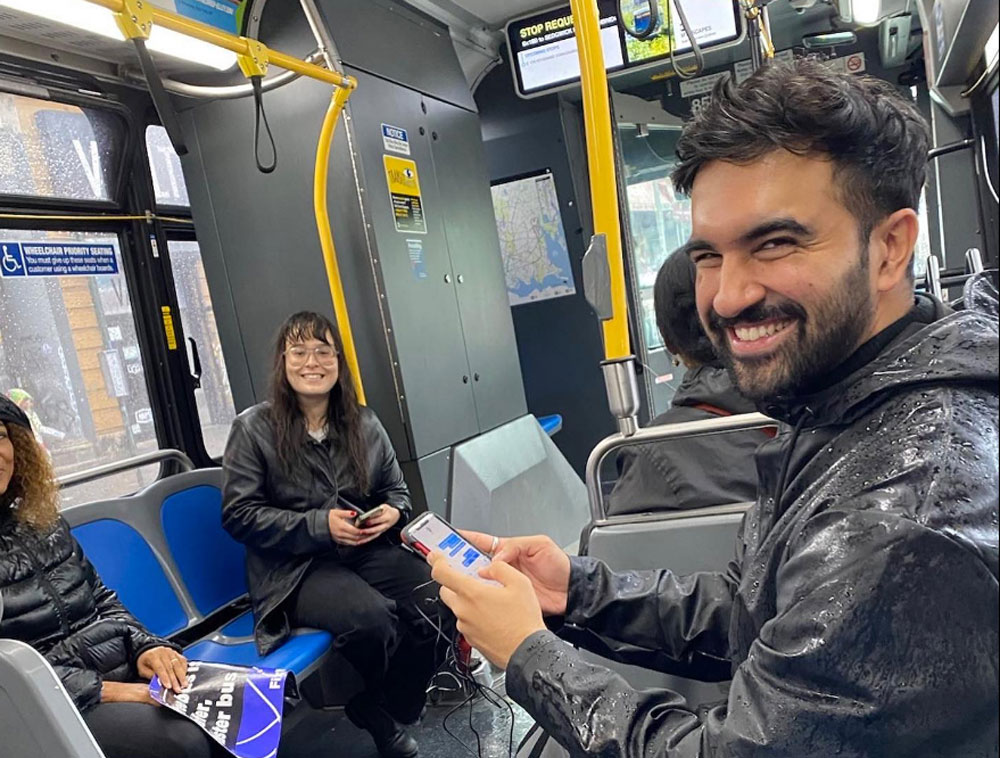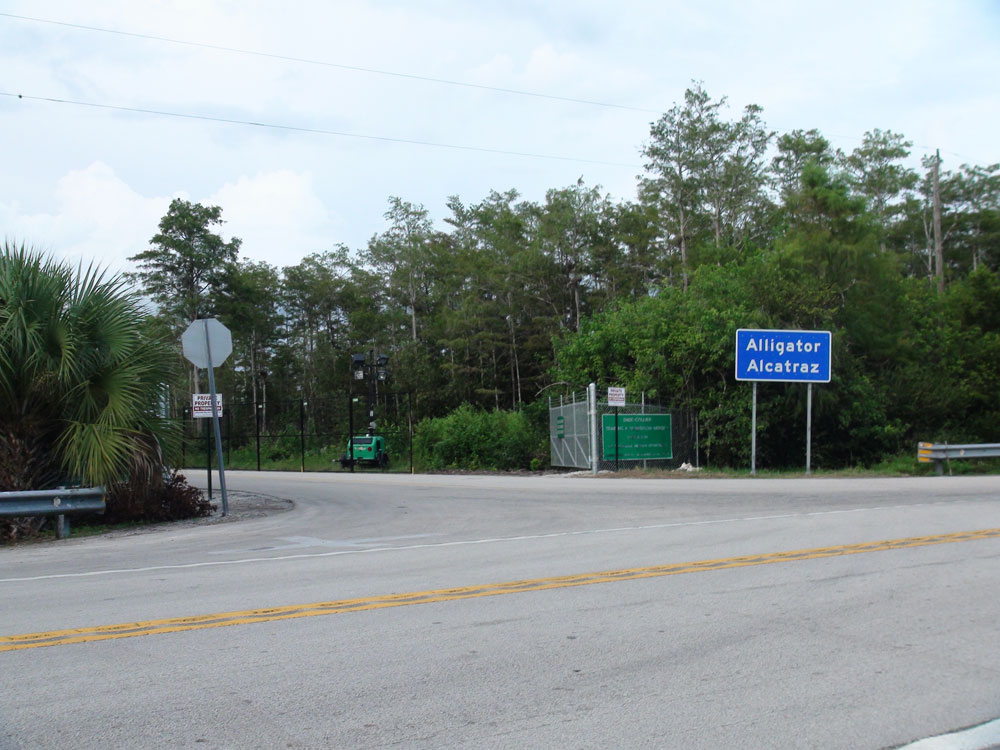Written by Richardson, Allissa V.
Five years have passed since George Floyd, near the intersection of 38th Street and Chicago Avenue in Minneapolis, gasped for oxygen beneath a police officer’s knee on May 25, 2020. Five years have passed since Darnella Frazier, then 17 years old, stood outside Cup Foods, lifted her phone, and saw the events that would spark a worldwide movement against racial injustice—for nine minutes and 29 seconds.
Frazier’s film did more than simply depict the events. It demanded that everyone pause and observe.
With the same instruments but different threats, that legacy is still being carried on today by a different community. Latino organizers around the United States are lifting their phones to get their names on the record, not to go viral. They record rallies outside of detention facilities, film family separations, and webcast raids by Immigration and Customs Enforcement. Their video is more than just material. It is proof, caution, and opposition.
For instance, a number of pictures have burned into the public consciousness here in Los Angeles, where journalism is taught. In one widely shared video, a handcuffed father is seen getting into a white van without any markings while his daughter sobs in the background, begging him not to sign any official forms. He turns, gives her a calm-down signal, and then blows her a kiss. Another video, shot across town, shows officers from the Los Angeles Police Department charging into groups of nonviolent demonstrators while mounted and using wooden batons with terrifying accuracy.
In the middle of the raid, people in Spokane, Washington, spontaneously create a human chain around their neighbors, forming a wall of defiance with their bodies and cameras. A video from San Diego shows white sympathizers shouting “Shame!” as they drive away from a car carrying National Guard members.
Smartphone witnessing has had an instantaneous, visceral, and seismic impact on statehouses and streets. On the ground, the videos served as inspiration for the No Kings movement, which on June 14, 2025, planned demonstrations in all 50 states.
Lawmakers are also focusing more intently on immigration policy. Democratic-led states are enacting more legislation restricting collaboration with federal authorities as the Trump administration increases enforcement. Republican members cited public safety concerns when the House Oversight Committee questioned Democratic governors about these policies on June 12. Deep differences between the federal and state approaches to immigration enforcement were highlighted during the hearing.
The legacy of Black witnessing
The current situation is not new; rather, it is just becoming more apparent. According to my research, Latino organizers are using a strategy that was refined in 2020 and has its roots in a much longer tradition of Black media survival tactics developed under severe persecution.
I detail how Black Americans have used media, including radio, newspapers, pamphlets, slave narratives, and now smartphones, to struggle for justice in my 2020 book Bearing Witness While Black: African Americans, Smartphones, and the New Protest Journalism. Black witnesses, such as Frederick Douglass, Ida B. Wells, and Darnella Frazier, have long utilized journalism as a means of transformation and survival.
By documenting instances of governmental authority overreach, documenting injustice in real time, and extending the influence of this radical heritage, Latino mobile journalists are building on that model in 2025.
The spatial strategies of Black resistance are also echoed in their work. Today’s Latino communities are using digital cartography to plan ICE-free zones, mutual help hubs, and sanctuary locations, just like enslaved Black people did during slavery and Jim Crow. In order to track patrols, exchange intelligence, and create networks of survival, the People Over Papers map channels the reasoning of the Black Maroon groups of freed Africans who fled plantations. The hiding places are now digital. Crowdsourced maps are used. The threat still exists.
Similarly, the Stop ICE Raids Alerts Network revives a strategy from the civil rights era. To disseminate safety updates in the 1960s, organizers employed radio and broad area telephone service lines. Police blockades were alerted by black DJs disguised as dispatchers in traffic and weather bulletins; storm warnings indicated that violence was imminent. WhatsApp is the medium today. The signal is encrypted. However, the message has remained the same: defend one another.
The Negro Motorist Green Book, which previously assisted Black travelers in navigating Jim Crow America by pointing out safe towns, petrol stations, and accommodations, is layered throughout both systems. Stop ICE and Stop People Over Papers Raids are that legacy’s digital offspring. Today’s gadgets use digital pins instead of printed pages like the Green Book did. The goal is still the same, though: protection by mapped resistance and survival through shared knowledge.
Dangerous necessity
The strength of visual evidence is still indisputable five years after George Floyd’s passing. Black witnesses established the foundation. Through the eyes of Latino mobile journalists, who make evident connections between the experiences of Black Americans and their own communities, that tradition is carried on in 2025. Their video reveals strong echoes, including overpolicing and ICE raids, city jails and border cages, a door kicked in at daybreak, and a knee on a neck.
Latino communities, like Black Americans before them, use smartphones for response, documentation, and protection. Rumors about ICE in the neighborhood are now rampant on Instagram, WhatsApp, and Telegram in places like Chicago, Los Angeles, and El Paso. Pressing for a record may put undocumented families at danger of arrest or retaliation. However, since unrecorded footage can be deleted, many continue to shoot.
They don’t record solitary events. They participate in a larger, collective fight against state aggression. And as long as the cameras continue to record, stories will continue to emerge, illuminated by the incessantly glowing screens of smartphones.
![]()
At the USC Annenberg School for Communication and Journalism, Allissa V. Richardson teaches journalism as an associate professor.
